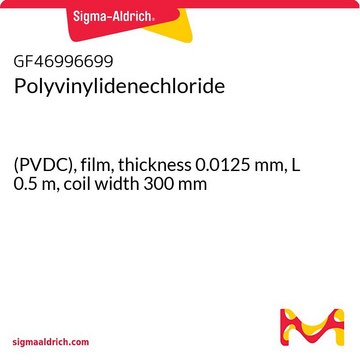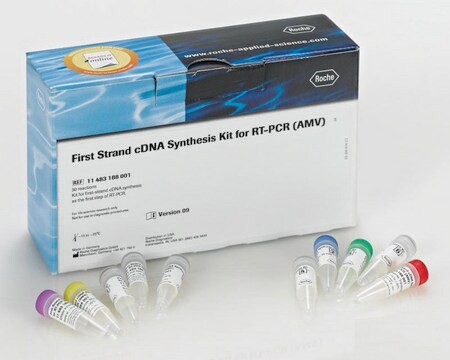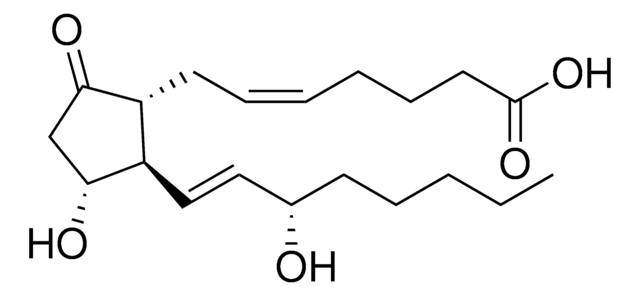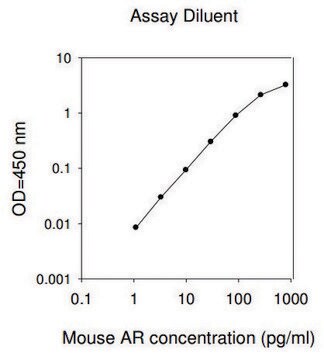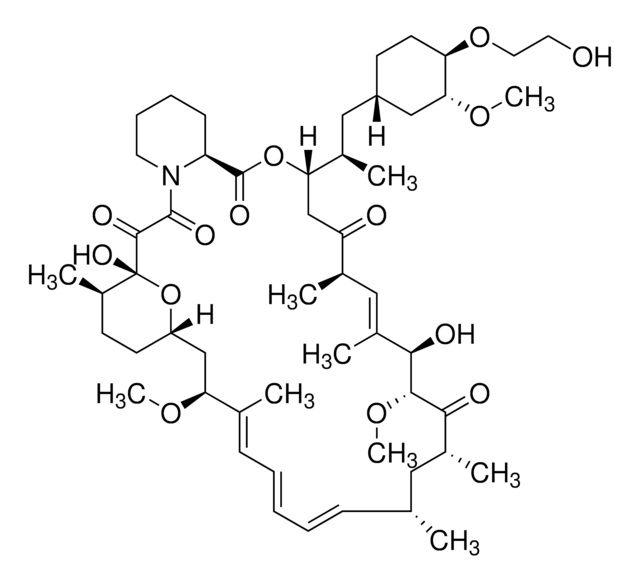RAB0019
Human Amphiregulin ELISA Kit
for serum, plasma, cell culture supernatant and urine
Sinónimos:
AR
About This Item
Productos recomendados
reactividad de especies
human
envase
kit of 96 wells (12 strips x 8 wells)
técnicas
ELISA: suitable
capture ELISA: suitable
entrada
sample type plasma
sample type cell culture supernatant(s)
sample type urine
sample type serum
assay range
inter-assay cv: <12%
intra-assay cv: <10%
sensitivity: 10 pg/mL
standard curve range: 16.46-4000 pg/mL
método de detección
colorimetric
Condiciones de envío
wet ice
temp. de almacenamiento
−20°C
Información sobre el gen
human ... AREG(374)
Descripción general
The AREG (amphiregulin) gene codes for a shedding ectodomain, derived from a transmembrane precursor of 252 amino acids. The encoded protein is released into blood or cellular vicinity through autocrine and paracrine. Areg is predominantly expressed in epithelial, mesenchymal cells and also by active immune cells. The AREG gene is mapped to human chromosome 4q13.3.
Inmunógeno
Aplicación
Human Amphiregulin ELISA Kit has been used to estimate the plasma concentration of amphiregulin by ELISA.
Acciones bioquímicas o fisiológicas
Otras notas
Please type the word sample in the text box provided for lot number.
Los componentes del kit también están disponibles por separado
Palabra de señalización
Warning
Frases de peligro
Consejos de prudencia
Clasificaciones de peligro
Met. Corr. 1
Código de clase de almacenamiento
8A - Combustible corrosive hazardous materials
Elija entre una de las versiones más recientes:
¿Ya tiene este producto?
Encuentre la documentación para los productos que ha comprado recientemente en la Biblioteca de documentos.
Nuestro equipo de científicos tiene experiencia en todas las áreas de investigación: Ciencias de la vida, Ciencia de los materiales, Síntesis química, Cromatografía, Analítica y muchas otras.
Póngase en contacto con el Servicio técnico